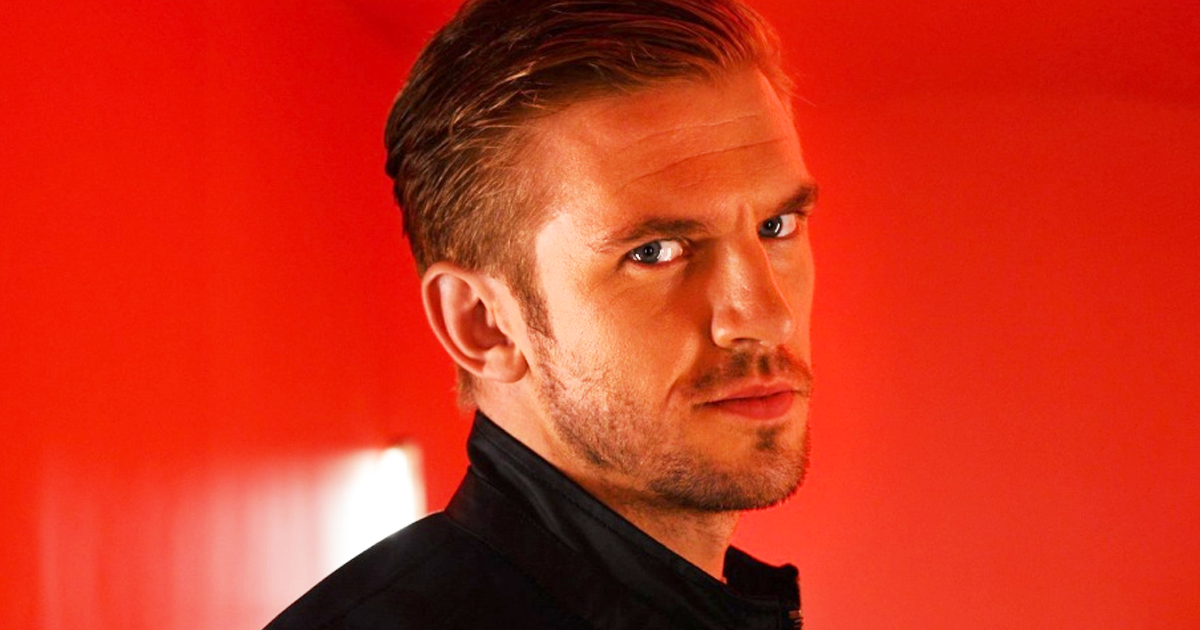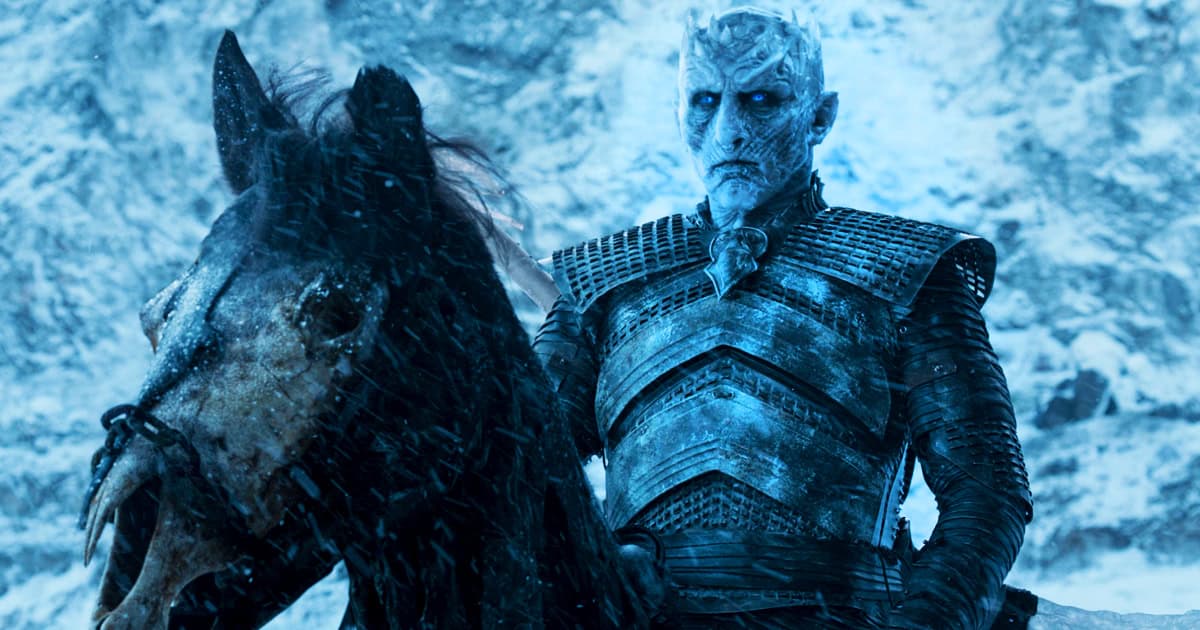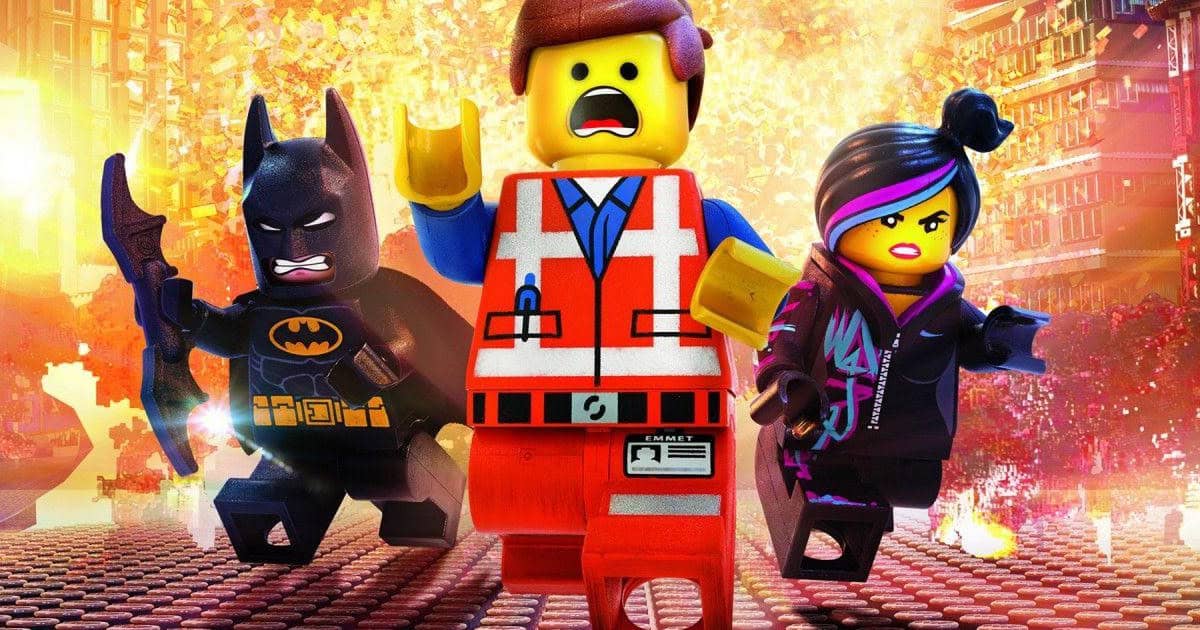
Roy Samuelson has performed Audio Description for thousands of movies and television shows throughout his career, and like any voice actor, he has added his credits to entertainment databases over the last few years to highlight his work. But when the head of a facility tried to open a link to these credits, they found that all had been taken down. Samuelson reached out to the database, whose representatives responded that they took down his name because he did not appear in the credits on the screen. Samuelson aptly argued that he was reading the visual credits himself – a situation not uncommon for Audio Description (AD) performers in film and television.
In an industry where people with various skills work on the same film (from hair to clothing to sound design), most film workers and audience members forget about Audio Description professionals – the people who translate visual media into spoken word for visually impaired viewers. The skill and creativity involved in relating visual media is itself a form of art, and in the last decade, Audio Description and AD professionals have increasingly received recognition. At the same time, low vision and blind audiences and film workers are questioning when Audio Description professionals are brought into the process. It’s a field actively navigating the politics of who decides what content gets translated and into whose voices.
Feeling frustrated, Samuelson took matters into his own hands, heading to a coffee shop to start developing a database of Audio Description credits — what we now know as the Audio Description Network Alliance (ADNA). Initially, he reached out to other professionals in the voice-over community to contribute their credits but soon expanded it to include writers, content reviewers, consultants, producers, directors, and anyone else involved in the Audio Description process. “The idea is for people to find their favorite performer or writer and discover what projects they’ve worked on, and vice versa,” Samuelson explained.
Viewers, or more broadly end users of video content, became more aware of Audio Description after the start of the COVID-19 pandemic. In 2024, the US Department of Justice announced additional laws to ensure that companies and online content producers provide Audio Description. In the UK, OFCOM’s Access Services Code has required broadcasters to provide audio description for at least 10% of their content since 1996; the BBC raised their in-house requirement to 20% in 2000 but they often well exceed this target, and the 2024 Media Act now requires that streaming platforms provide audio description for 10% of their programs. As people dove into streaming services, these services faced mounting pressure for their content to be in compliance with accessibility laws.
With this growing need, distributors and end users looked for training but most Audio Description professionals worked independently and had different, often hodgepodge training experiences. This is where Audio Description writers like Colleen Connor stepped in. In 2015, Connor met with Jan Vulgaropulos, an audio describer who worked with Arts Access in North Carolina, recognized a need for more immersive, practice-based training in the field and co-founded Audio Description Training Retreats (ADTR). They initially offered small group, live-in training nature retreats providing immersive and practice-heavy experience with a blind and sighted instructor for the trainees. They have since evolved into virtual retreats from 2020 onwards, continuing their commitment to thorough practice and fostering inclusion.

Above: A portrait of most of the ADTR training team at a Conference in Seattle. Director Colleen Connor is standing center holding her golden lab Seeing Eye Dog Joplin. Roy Samuelson is tall, with swoopy hair and a saltier-than-peppery scruffy beard, and Colleen is shorter and pale with a pink pixie haircut.
Felicia Teter, a Black and Indigenous queer audio describer originally from the Yakama Nation, honed their craft at the BlackStar Film Festival’s Audio Description for Film Training. “Now there’s Audio Description casting,” Connor explained, “which is making sure you’re matching the right life experience and voice and ethnicity with the piece, and again, marrying that into it and having people be a little more sensitive to the tone of what’s going on than just sort of a very neutral read.” Teter works in this space; they actually first learned about Audio Description from the BlackStar Film Festival and now works as a freelance Audio Describer for Descriptive Video Works, in addition to describing theater and live events. The festival hosted a two-day, paid training for Black, Indigenous, and Brown folx to learn Audio Description led by audio describer Nicole Sardella.
“Having people within communities audio describe our own art and our own creation is necessary,” Teter continued, “so that other people in our communities understand our art and our creation because if other people outside of our communities are describing it, they’re going to give a flat description.”
Cultural competency is important because Audio Description is increasingly being blended into film production. Samuelson’s situation often arises because Audio Description professionals create content “post-post-post production,” Samuelson explains. He and others are hired by film distributors and streaming services to create Audio Descriptions entirely separated from the production. But some productions, especially independent films, are pushing towards accessible filmmaking or integrated access in which Audio Description is discussed at every step: scriptwriting, direction, editing, and distribution. “There’s been a movement to have the Audio Description track to be a little more blended into also the emotion of what’s going on,” Connor explained.
The most recent example is Naomi Kawase’s Radiance. In an interview with Aleksandra Glos and Felipe Toro Franco, Kawase shared that she first worked with an Audio Description professional while working on her film Sweet Bean; the Japanese government was subsidizing projects focused on film accessibility for blind or low-vision and deaf or hard-of-hearing individuals. In Radiance, Kawase actively incorporated feedback from the audio description professional when creating lines, including pacing and breaks in dialogue for content. The Audio Description company Palabra Inc. worked collaboratively with blind individuals who assessed the Audio Description content. Radiance also featured Masako-san, a blind woman, who plays herself in the film.
Her work closely mirrors Netflix’s production of All the Light We Cannot See. Producers cast actors Aria Maria Loberti and Nell Sutton who are blind and low vision to play the blind protagonist Marie-Laure LeBlanc and Joe Strechay, a blind accessibility consultant, served as the show’s associate producer. Not only did Strechay work with casting to ensure the process and production sets were accessible to blind and low-vision actors, but Strechay’s direction also informed Netflix’s Audio Description.
ADTR grad and IDC Head Writer Liz Gutman wrote the Audio Description and argued for an audio introduction by the main actress. Unfortunately, star Aria Mia Loberti’s audio introduction is not on the Netflix platform, but is available on the Netflix website. Vulgaropulos and Connor have advocated for adding pre-show notes to screen content for years – pre-show notes have been a common feature of Audio Description for theater productions. Strechay’s work mirrors Kawase’s major takeaway – that Audio Description should be incorporated into the early ages of film production to inform how Audio Description and spoken lines blend well together and sometimes become one.
Incorporating Audio Description, Audio Description professionals, and blind and low vision consultants into the early stages of production has even led to a growing new literary-cinematic genre. As Audio Description blends into spoken word and narration, Audio Description is becoming its own form of art, and as Glos and Franco argue, its own form of cinematic poetry. What details to include, what words are chosen, who says them, and how they say them are all deeply artistic, and politically charged decisions that inform how the future of film will be heard, and who will receive credit for countless hours of work behind the scenes.
The post Inside the fight to make Audio Description a non-negotiable part of the film industry appeared first on Little White Lies.




